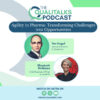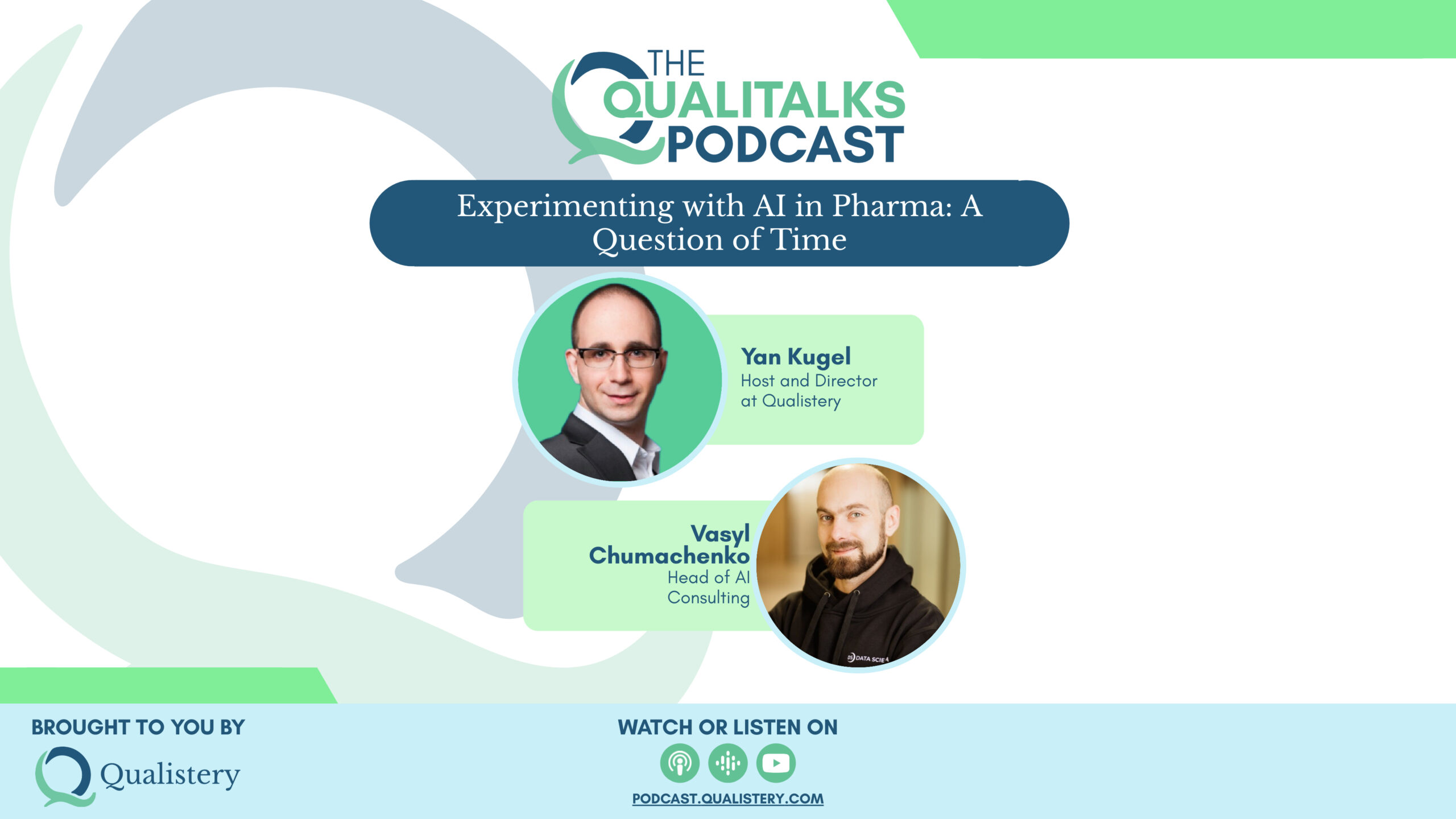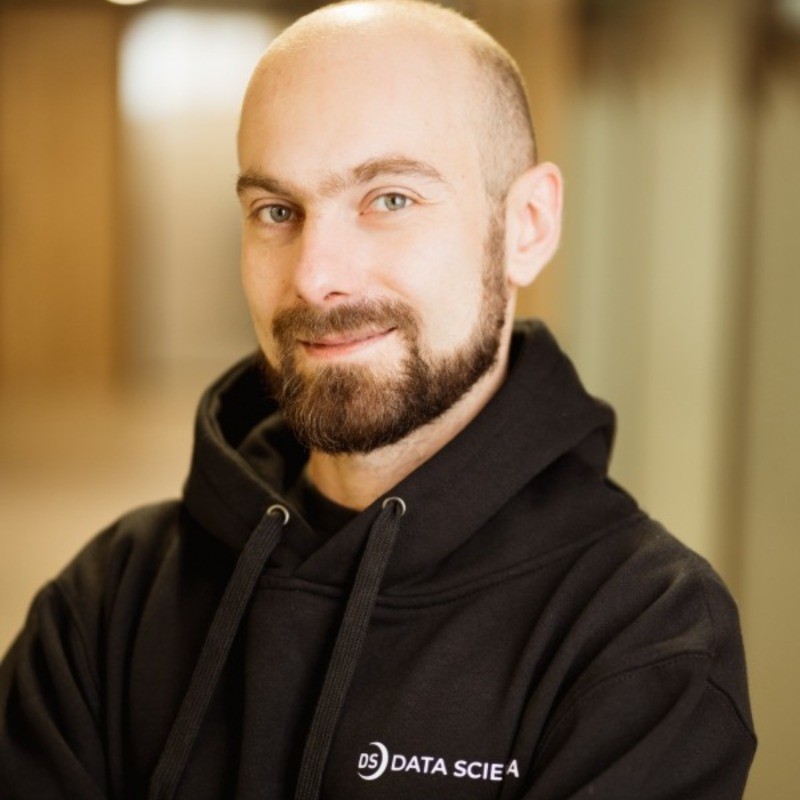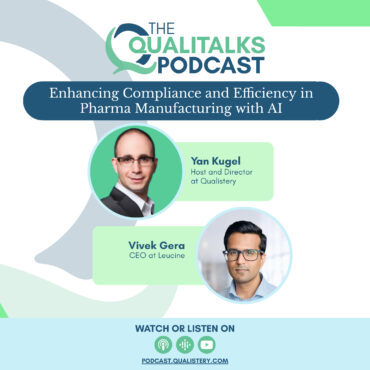Enhancing Compliance and Efficiency in Pharma Manufacturing with AI [Vivek Gera]
Vivek shared his wealth of experience leveraging cutting-edge technologies to enhance compliance and operational efficiency within the pharmaceutical manufacturing industry. Throughout the episode, Vivek delved into the transformative impact of […]





